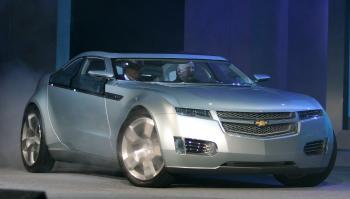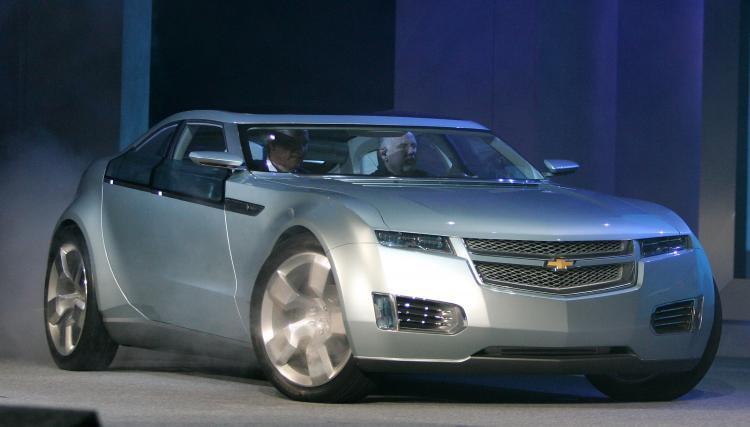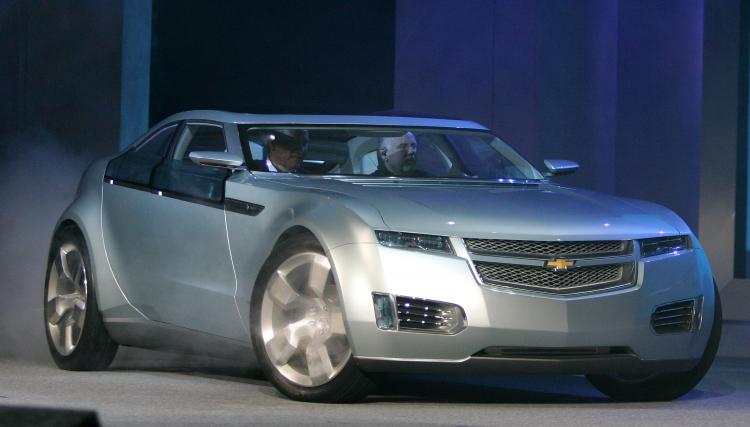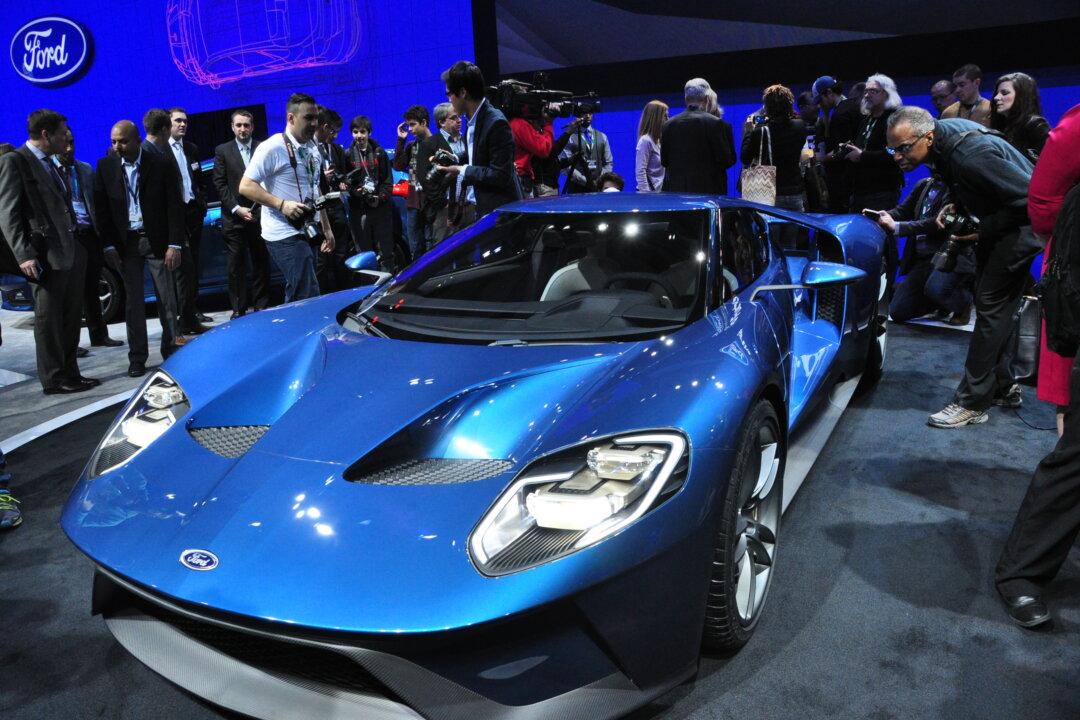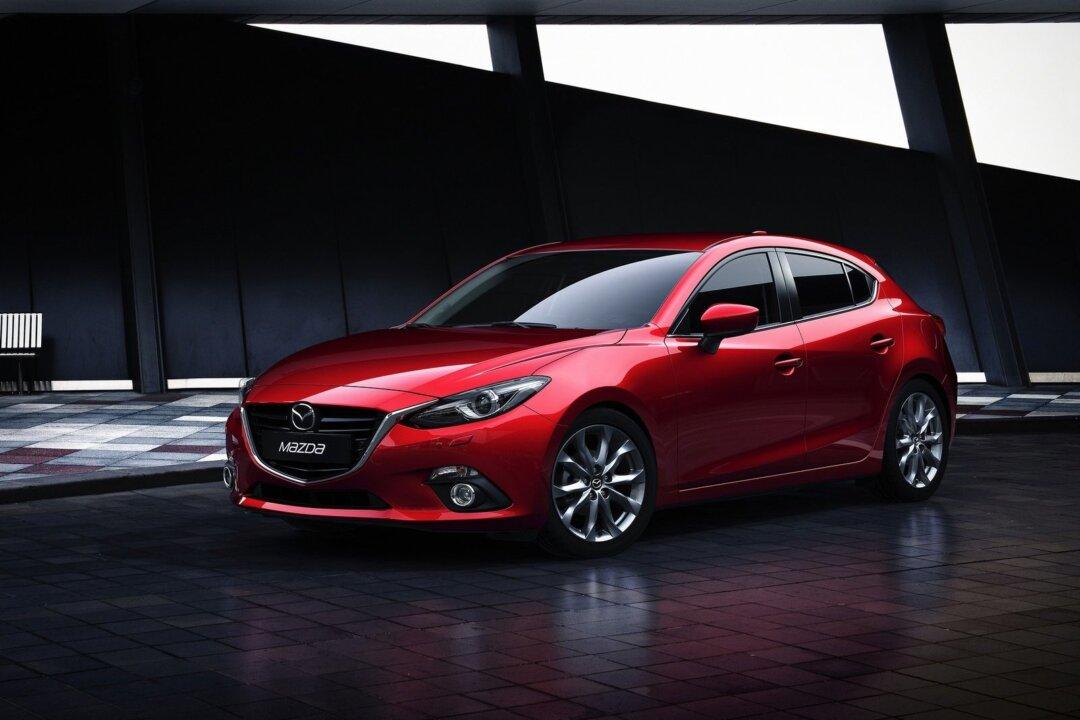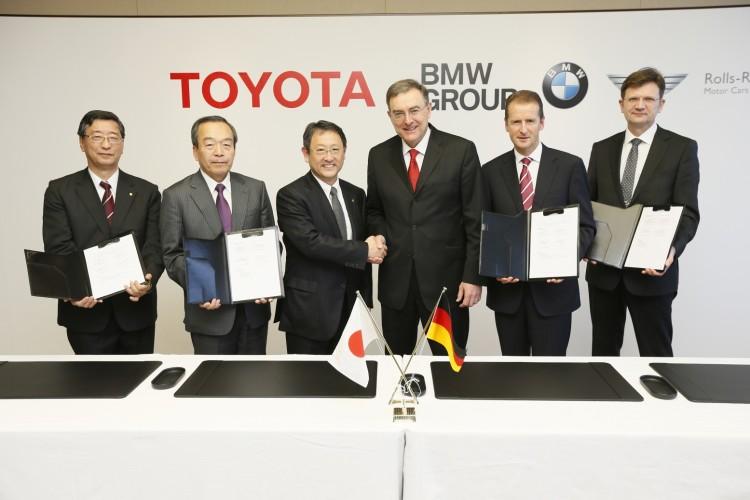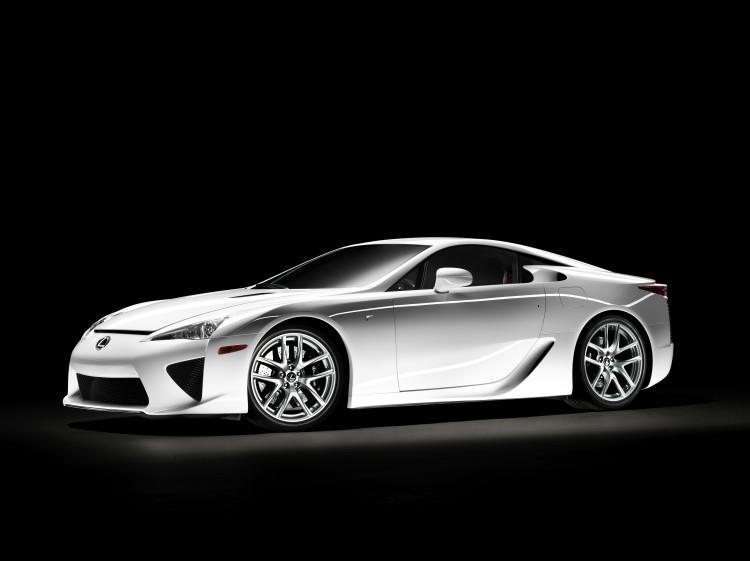October is now behind us, and we are heading into the holiday season. Yes, winter will soon be upon us. However, the automotive industry faces not only the cold weather, but also an equally chilling economic outlook.
The sub-prime mortgage meltdown in the United States hangs over the global economy like a dark cloud, and it has put a major crunch on the credit market. A credit crunch means a sharp drop in the number of available loans, which does not play well with a market heavily dependent on leasing. It is said that a house and a car are the two biggest purchases a person will make. With all the house foreclosures, it’s not difficult to imagine how much the auto industry is hurting as well. There have even been predictions that the auto industry in North America will collapse in 2009. Let’s hope not.
When an industry falls into such a state of chaos, disregarding whether it’s a good idea or not, somebody is bound to think about merger and acquisition. As a matter of fact, there is already talk about GM buying Chrysler. I personally don’t think this marriage will work, and at this moment it doesn’t look like it will actually happen, but it just goes to show how predictable is the reaction from the Big Three. Will the Big Three eventually become the Big Two, or even the Big One? Nobody can tell right now, but as car enthusiasts, we sincerely wish them the best.
Merger talks are very, very unlikely going to happen any time soon with Japanese powerhouses such as Honda and Toyota, but they have their share of headaches too. A gremlin that’s been messing with the auto industry is the foreign exchange rate. In 2007 we saw the Canadian dollar rising from the 84 cents region all the way to parity with the US greenback in September, and even surpassing it from time to time in the first quarter of 2008. With such a drastic tilt in dollar value, it forced several car companies in Canada to reduce their MSRPs to match those in the US.
Fast forward to October, and we witness the spectacular fall of the once mighty Canadian loonie [one dollar coin]. In one month, the Canadian dollar dropped from 95 cents to a low of 77 cents against the US dollar. To make it more complicated for Japanese companies, in contrast to the falling Canadian dollar, the Japanese Yen surged against the US dollar. In August, one US dollar was worth about 110 Yen. In the last week of October, the value fell to as low as the 93 Yen zone. For Japanese companies, their profit in the big US market just diminished about 15% in value when they work out their balance sheets. That is not helping an already bad situation at all. Fortunately, both currencies saw some rebound in the last few days of October.
The miraculous climb of the Canadian dollar in 2007 was mainly due to surging commodity and oil prices. Ah yes, that surging oil price. All the way up to the subprime mortgage meltdown, consumers around the world were feeling the pain of inflated gas prices at the pumps. The consumer anger was mounting, and it put a big pressure on car companies to search for an alternative to gasoline power. Hydrogen fuel cell was being prototyped, and full-electric plug-in cars were being developed at a frantic pace. Tesla unveiled its fully electric roadster in Europe, while GM promised a fully electric Volt in 2010. Toyota, a leader in gas/electric hybrid technology, talked about a plug-in Prius as well.
Federal and presidential elections were ramping up in both Canada and the US while people continued to put up with the gas prices, and car companies kept researching for a viable fuel alternative. Then, the credit market meltdown sent shockwaves that changed the whole landscape. With car sales plummeting, the price of the crude oil eased off and came down to a more acceptable point - from $126 a barrel in June and July to $68 per barrel at the closing of October. And the downward trend may continue for another little bit. So the economy is sinking, which is in turn driving down the crude oil pricing. The car companies are now at a cross roads, rethinking the value of developing a fully electric engine alternative. With the recent reduction in gas prices, should the companies put such research on the back burner? I would say “no.”
Let the summer of 2008 serve as a painful lesson on how much our society depends on gasoline. Oil companies have proven that they can jack up the prices by an obscene amount and rake in record profits. The current economic downturn is a very dark cloud hanging over the auto industry, and the wild swing of exchange rate and consumer pressure will test the management’s leadership and execution. We sincerely hope that the automotive companies can weather the storm and still bring us a viable alternative to gasoline power.
The sub-prime mortgage meltdown in the United States hangs over the global economy like a dark cloud, and it has put a major crunch on the credit market. A credit crunch means a sharp drop in the number of available loans, which does not play well with a market heavily dependent on leasing. It is said that a house and a car are the two biggest purchases a person will make. With all the house foreclosures, it’s not difficult to imagine how much the auto industry is hurting as well. There have even been predictions that the auto industry in North America will collapse in 2009. Let’s hope not.
When an industry falls into such a state of chaos, disregarding whether it’s a good idea or not, somebody is bound to think about merger and acquisition. As a matter of fact, there is already talk about GM buying Chrysler. I personally don’t think this marriage will work, and at this moment it doesn’t look like it will actually happen, but it just goes to show how predictable is the reaction from the Big Three. Will the Big Three eventually become the Big Two, or even the Big One? Nobody can tell right now, but as car enthusiasts, we sincerely wish them the best.
Merger talks are very, very unlikely going to happen any time soon with Japanese powerhouses such as Honda and Toyota, but they have their share of headaches too. A gremlin that’s been messing with the auto industry is the foreign exchange rate. In 2007 we saw the Canadian dollar rising from the 84 cents region all the way to parity with the US greenback in September, and even surpassing it from time to time in the first quarter of 2008. With such a drastic tilt in dollar value, it forced several car companies in Canada to reduce their MSRPs to match those in the US.
Fast forward to October, and we witness the spectacular fall of the once mighty Canadian loonie [one dollar coin]. In one month, the Canadian dollar dropped from 95 cents to a low of 77 cents against the US dollar. To make it more complicated for Japanese companies, in contrast to the falling Canadian dollar, the Japanese Yen surged against the US dollar. In August, one US dollar was worth about 110 Yen. In the last week of October, the value fell to as low as the 93 Yen zone. For Japanese companies, their profit in the big US market just diminished about 15% in value when they work out their balance sheets. That is not helping an already bad situation at all. Fortunately, both currencies saw some rebound in the last few days of October.
The miraculous climb of the Canadian dollar in 2007 was mainly due to surging commodity and oil prices. Ah yes, that surging oil price. All the way up to the subprime mortgage meltdown, consumers around the world were feeling the pain of inflated gas prices at the pumps. The consumer anger was mounting, and it put a big pressure on car companies to search for an alternative to gasoline power. Hydrogen fuel cell was being prototyped, and full-electric plug-in cars were being developed at a frantic pace. Tesla unveiled its fully electric roadster in Europe, while GM promised a fully electric Volt in 2010. Toyota, a leader in gas/electric hybrid technology, talked about a plug-in Prius as well.
Federal and presidential elections were ramping up in both Canada and the US while people continued to put up with the gas prices, and car companies kept researching for a viable fuel alternative. Then, the credit market meltdown sent shockwaves that changed the whole landscape. With car sales plummeting, the price of the crude oil eased off and came down to a more acceptable point - from $126 a barrel in June and July to $68 per barrel at the closing of October. And the downward trend may continue for another little bit. So the economy is sinking, which is in turn driving down the crude oil pricing. The car companies are now at a cross roads, rethinking the value of developing a fully electric engine alternative. With the recent reduction in gas prices, should the companies put such research on the back burner? I would say “no.”
Let the summer of 2008 serve as a painful lesson on how much our society depends on gasoline. Oil companies have proven that they can jack up the prices by an obscene amount and rake in record profits. The current economic downturn is a very dark cloud hanging over the auto industry, and the wild swing of exchange rate and consumer pressure will test the management’s leadership and execution. We sincerely hope that the automotive companies can weather the storm and still bring us a viable alternative to gasoline power.
